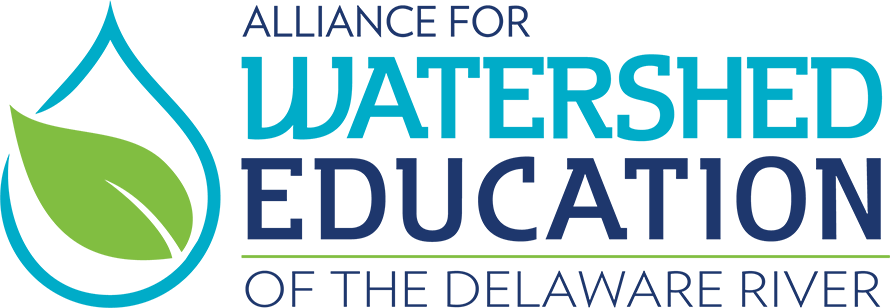The Delaware River is a major U.S. waterway that touches five different states and provides drinking water to over 13 million people. It’s an essential part of everyday life for people, animals, and plant species. Even if you are familiar with the Delaware River, there are interesting facts and informational tidbits about its history, wildlife, and…

Habitat Loss: The Role Humans Play in Habitat Protection
What do the Great Barrier Reef, the Amazon Rainforest, the Florida Everglades, and the Delaware River Watershed all have in common? First, they all provide habitat—think of coral reefs, tree top canopies, and nesting birds in your backyard. Second, they are each a bustling hub of recreation, exploration, and biodiversity. Finally, and most importantly, they…

5 Educational Stops to Make on the Schuylkill River Trail
Southeastern Pennsylvania is home to a variety of trails that allow outdoor enthusiasts and families to get out and explore nature. One of those pathways is the Schuylkill River Trail, a 130-mile stretch that spans from Philadelphia to Auburn, Pennsylvania, and is part of the regional network of Circuit Trails. Currently over 60 miles of…

